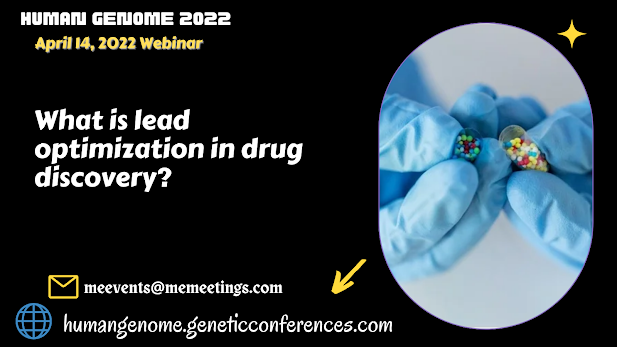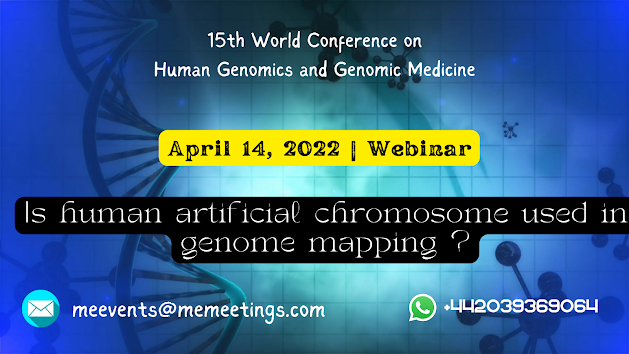What is lead optimization in drug discovery?

The process of lead optimization concludes in the discovery of a preclinical candidate. The most promising hit series move to the lead optimization stage of drug discovery after being discovered through hit-to-lead efforts. Lead optimization aims to improve the efficacy, reduce toxicity, and boost absorption of the most promising compounds. As researchers try to include the best therapeutic properties early in the process, many lead discovery technologies overlap with lead optimization. The lead optimization phase leads in a candidate drug that can be either a small molecule or a biological product once the properties of the optimised lead molecule have been evaluated using all available in vitro tests and in vivo models. The identified lead molecules are utilised as a starting point for comprehensive chemical modification to improve target specificity and selectivity, as well as their pharmacokinetic and safety profiles, while keeping the lead compounds' positive features. M


